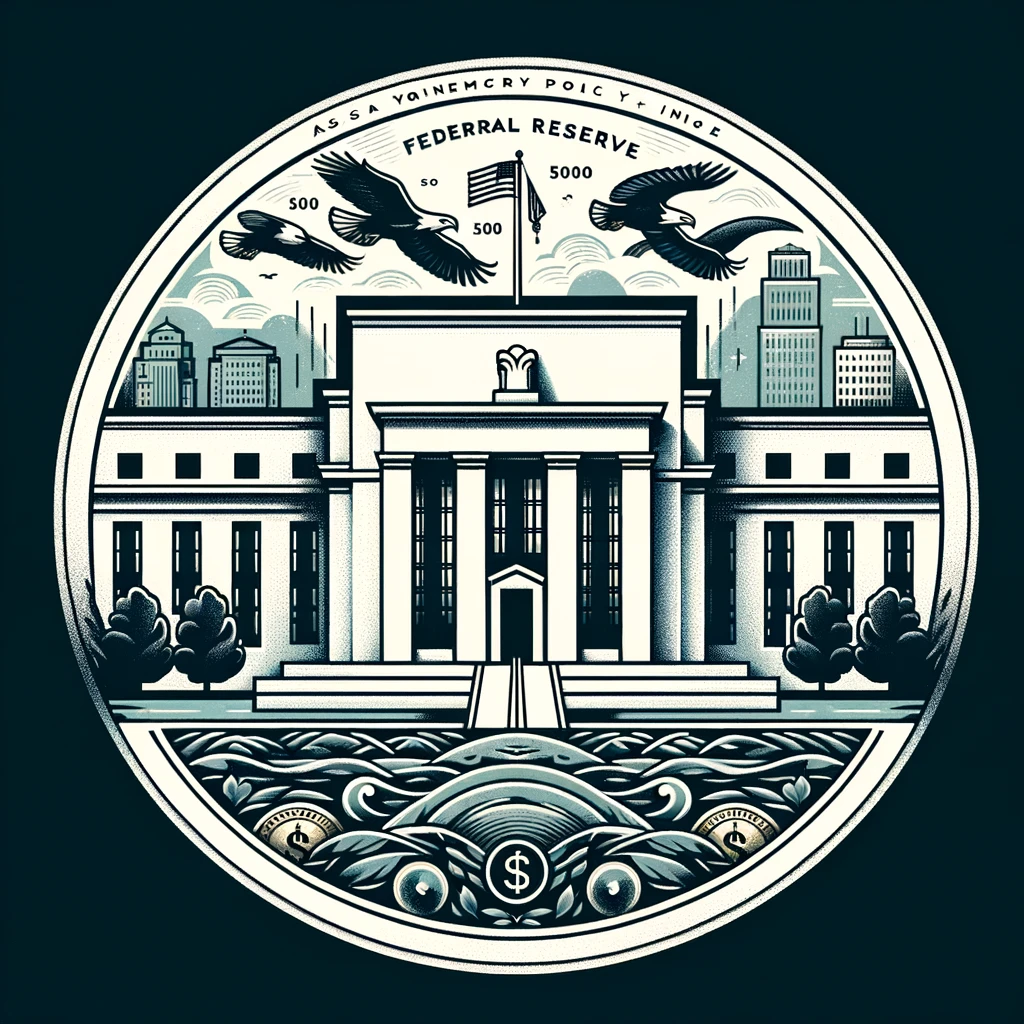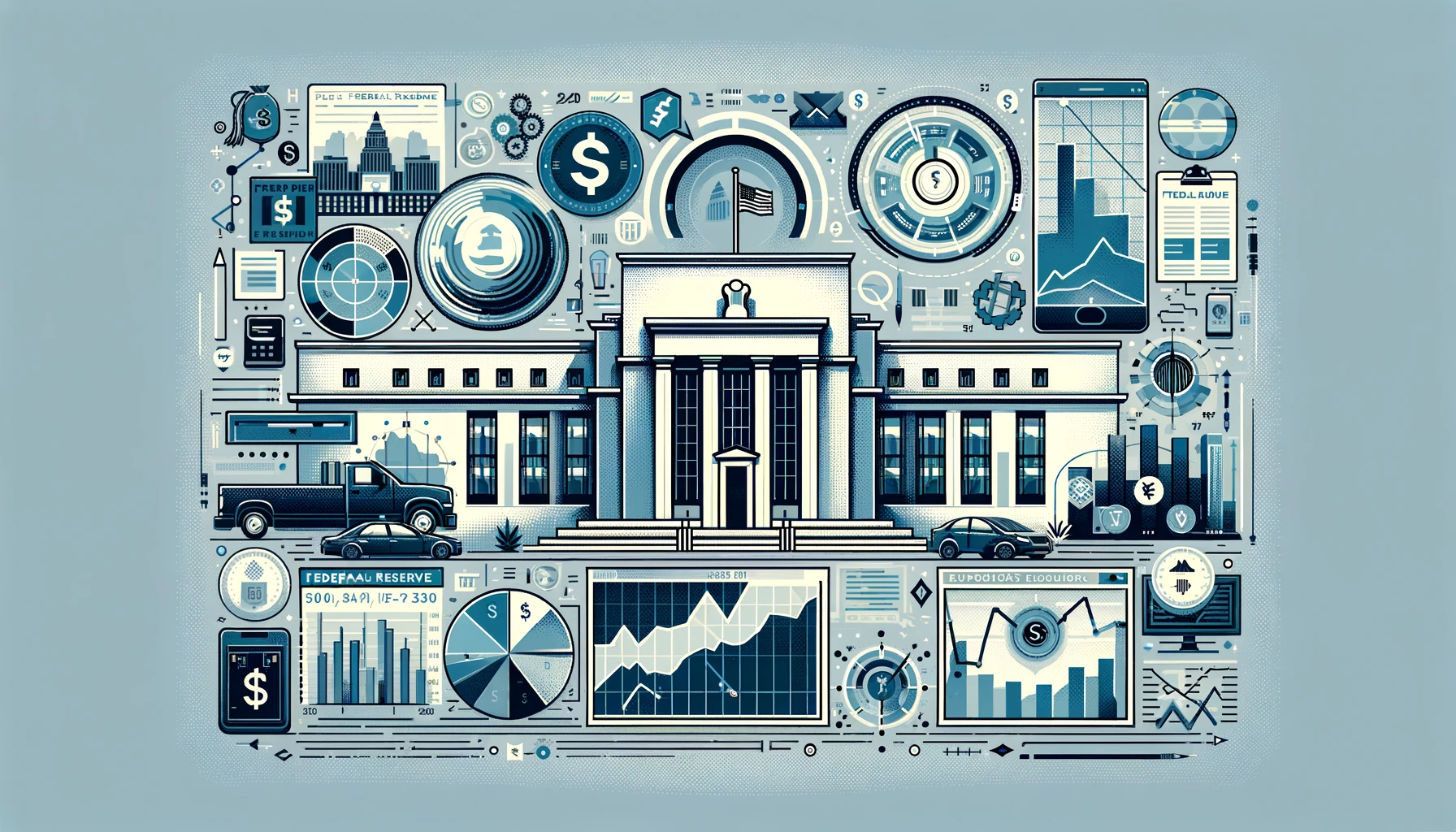The latest Federal Open Market Committee (FOMC) meeting has kept the financial markets on edge as the Federal Reserve opted to maintain the federal funds rate at 5.5%. This decision reflects a cautious approach by the Fed amidst an economic landscape marked by persistent inflationary pressures and mixed economic signals.
Overview of the Current Economic Situation: The U.S. economy, while showing signs of slowing growth, has not weakened to the point of necessitating immediate rate cuts. Recent consumer price index (CPI) figures indicate a slight decrease in inflation—from 3.4% to 3.3% year-over-year—yet not enough to significantly alter the Fed’s tight monetary stance. This modest decrease in inflation rates feeds into a broader narrative of a cautiously optimistic approach towards future monetary easing.
Potential Scenarios Going Forward:
- Continuation of Current Rates: If inflation continues to show gradual declines without significant economic downturns, the Fed might persist with the current rates longer than anticipated. This would aim to ensure that inflation approaches the target sustainably without destabilizing economic growth.
- Gradual Rate Cuts: Should upcoming data indicate a consistent downward trend in inflation and an accompanying softening in the labor market, the Fed might initiate a cautious rate-cutting cycle. This scenario is more likely towards the end of the year or early next year, depending on economic conditions.
- Delayed Response to Inflation Drops: If inflation drops more significantly in the upcoming months but is accompanied by robust economic indicators, the Fed might delay rate cuts to assess whether the lower inflation is sustainable. This cautious path would help avoid the historical error of the 1970s when premature rate cuts led to prolonged high inflation.
Guidelines for Market Participants:
- Monitor Inflation Trends: Investors and analysts should keep a close eye on monthly inflation data, as these figures will be crucial in shaping the Fed’s policy responses. A trend toward decreasing inflation might not immediately lead to rate cuts if the overall economic conditions remain strong.
- Watch for Changes in Economic Projections: The Fed’s economic projections, particularly those concerning inflation and growth forecasts, will provide insights into the central bank’s outlook and potential policy shifts. Changes in these projections could signal shifts in policy well before they are enacted.
- Prepare for Volatility in Rate-Sensitive Investments: Given the uncertainty about the timing and extent of future rate cuts, investments sensitive to interest rate changes, such as bonds and rate-sensitive stocks, might experience increased volatility. Investors should consider strategies to mitigate risks associated with interest rate fluctuations.
- Stay Informed on Global Economic Policies: With other major central banks, like the ECB and Bank of Canada, adjusting rates, the global economic landscape will influence the Fed’s decisions. Developments in major economies could either hasten or delay the Fed’s rate adjustments.
Conclusion and Insights: The Fed’s current stance of maintaining interest rates despite slight improvements in inflation highlights a conservative approach to monetary policy, prioritizing long-term economic stability over short-term gains. Investors and consumers should prepare for a period of sustained high rates, with potential gradual adjustments depending on broader economic changes. The emphasis remains on navigating a complex economic environment with heightened vigilance and adaptability.




